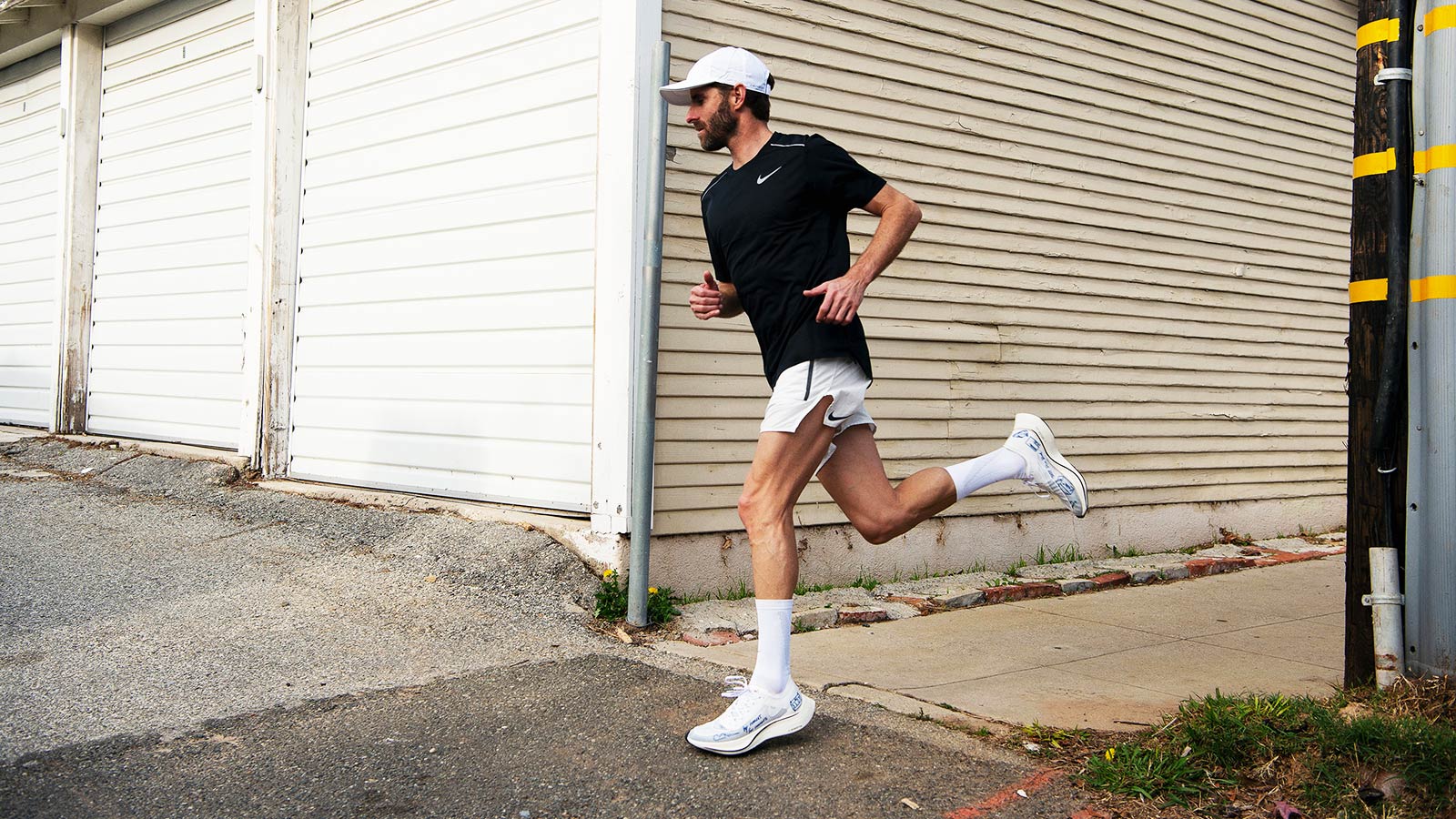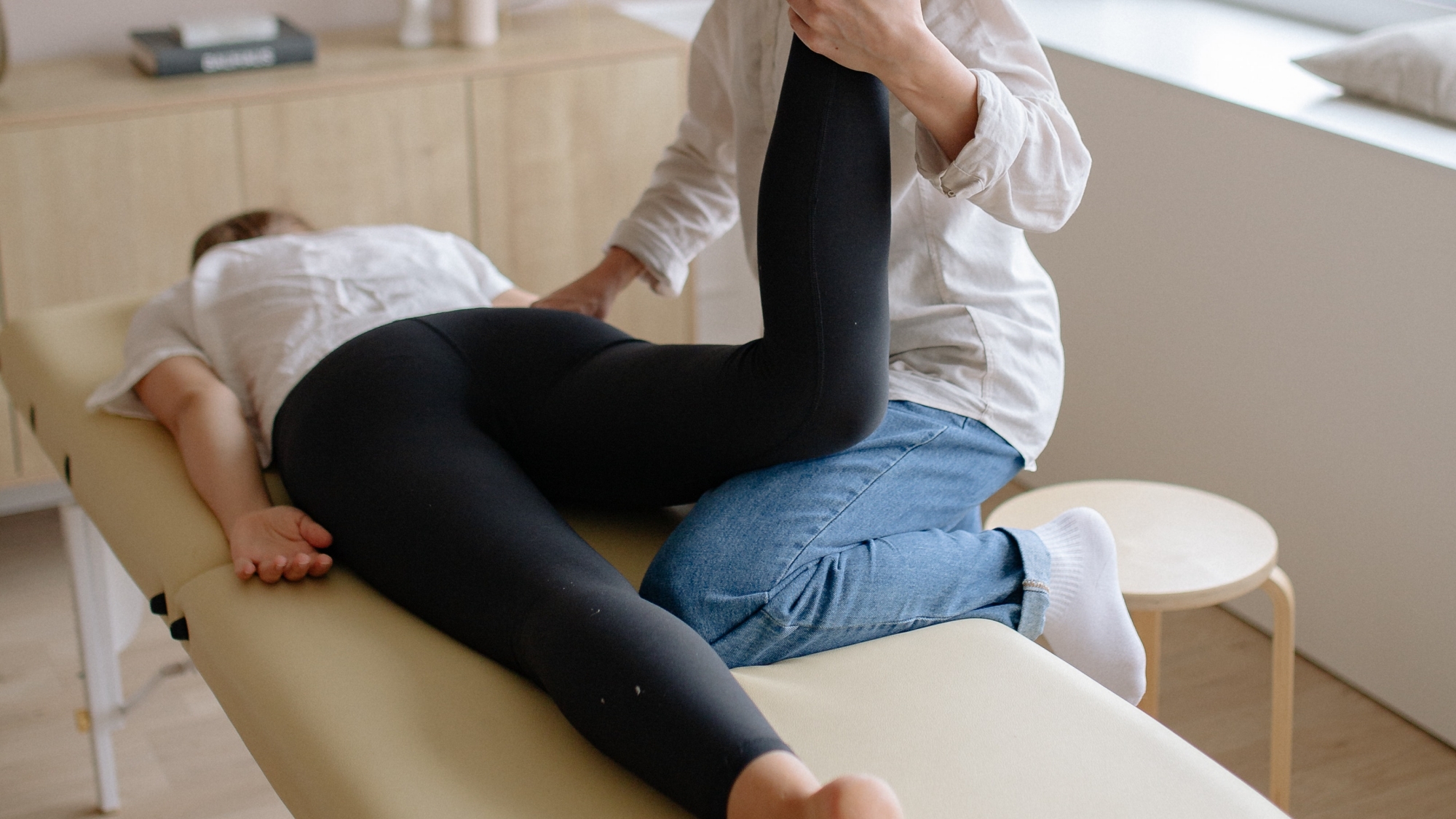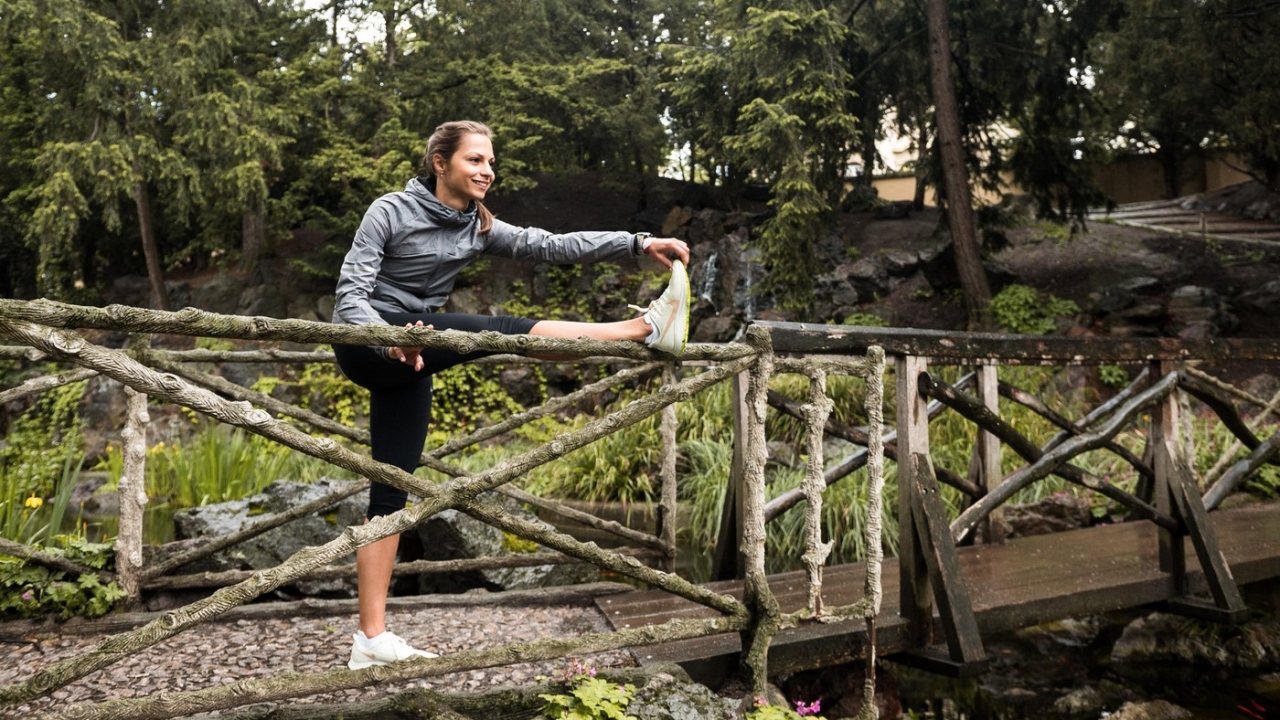The most common muscle injuries in runners are thigh muscle strains or tears and calf muscle strains or tears.
Causes of muscle injuries
Muscles in the human body are made up of muscle fibers that are subject to constant muscle tone, or tension. Whether you're running, strength training, or eating. In each situation, the tension is different. If this fiber tension gets over the maximum limit, the muscle will over-contract or tighten and an injury will occur. The most common causes include:
- Long-term muscle overload and fatigue
- Inadequate muscle loading (some muscle groups are overloaded, others are weakened)
- Underestimation of muscle pain
- Insufficient warm-up before exercise or running
- Mineral deficiency
- Poor recovery
Strain vs. tear muscle
Pain, swelling, and inability to continue an activity. Muscle injuries are unfortunately common in athletes, but they can also occur during normal activities such as walking or sleeping. What are the differences between a muscle strain, tear, and a complete muscle rupture?
1) Strained muscle
In the case of a strain, the muscle fibers become taut with excessive tension accompanied by pain. Then comes the withdrawal and stiffness. Afterward, you may continue to feel the tension in the affected area for a few days and it is advisable to limit physical activity for about a week until the tension has completely subsided. However, this is not a serious injury.
2) Muscle rupture
A tear or complete rupture of a muscle is more serious and painful than a strain. Muscle fibers are stretched beyond the elastic limit and small or larger tears are produced. Complete tearing of the fibers and the whole muscle can also occur. It is called rupture. Immediately there is sharp pain at the site of injury and the inability to continue running. It is important to move and manipulate the sore area as little as possible at this time. After a while, you may also experience swelling, hematoma, stiffness, or pain upon touch. The most common causes are prolonged overuse, fatigue, or insufficient recovery.

Risk of injury to thigh and calf muscles
These are the muscle groups that are most stressed when running. Both muscle groups, the quadriceps femoris, and the calf muscles work continuously and together when running - whether uphill, downhill, or on flat ground. Therefore, they are at the highest risk of injury. If a fiber breaks, it will cause pain and other inconveniences in the first place. What should be done in such a case?
Rupture of the thigh and calf muscles: treatment
The rupture of the thigh or calf muscle has a big impact on the life of a runner. Due to the size of these muscles, treatment takes an average of 4-6 weeks. However, the exact procedure and duration are determined by the doctor, who will determine the severity and extent of the injury through an X-ray or sonogram. The treatment consists of being in resting mode. The human body is ingenious and can rebuild and heal torn muscle fibers. At this moment, the most difficult thing for athletes and runners is to come to terms with the diagnosis. Peace and time are crucial for muscle healing.
How to speed up muscle healing?
The main points of treatment are rest, time for the muscle to heal, and early rehabilitation. If you want to help with the treatment, you can also include other supportive tools:
- Icing and elevation of the limb - If the leg is swollen. Ice only for 15 - 20 minutes and repeat several times a day.
- Shock wave, and magnetotherapy - Painless methods that restore the formation of cells, and new tissues and accelerate the healing process.
- Kinesiotaping - Popular tapes among runners and athletes. They help relieve muscle tension, and pain, improve stability, and also promote the effect of physiotherapy.
- Balanced and nutritionally rich diet - The body needs plenty of energy during the healing process. Focus on intake of all macronutrients - proteins, carbohydrates, fats, and a lot of water.
- Enough vitamins - Vitamin D, C, magnesium, calcium, good quality fish oil, and turmeric are effective.
- Quality sleep - During sleep has the body enough space in peace for regeneration and cell renewal.
- Gels and ointments - You can lubricate or gently massage the affected area with warm ointments.
Prevention itself is also very important. A strained or torn muscle is usually the result of some neglected activity in the past. This can be, for example, overload, muscle weakness, fatigue, or muscle imbalances.
Top4Running Tip: Another common problem in runners is osteoarthritis. Check out what it is and what the treatment is about.

Recovery and rehabilitation after injury
After the resting mode comes the rehabilitation and gradual loading of the limb. Restricted mobility and inactivity of the limb will cause a deterioration of mobility and also a loss of muscle mass. Therefore, focus on strengthening the weakened muscle parts and restoring correct movement patterns. A physiotherapist or orthopedic surgeon can help you with everything. It is important not to underestimate rehabilitation, not rush it, to exercise systematically, and support it with good sleep, diet, and vitamins.
Home remedies for muscle injuries
If you want to try home remedies, we recommend them for muscle cramps or muscle strains. Rupture is a serious injury and not treating it properly can lead to chronic problems in the future. According to the home remedies, you can rub the sore muscles with plum brandy or lavender oil. Their effects include relieving pain or speeding up healing.
Return to running after injury
I'm sure you a're wondering when your return to running shoes will be possible. Prepare yourself for physical but also mental work with a lot of patience. In the early stages, focus on muscle recovery instead of running. Weakened muscles must gradually get used to the load again. Include systematic strength training, mobility exercises, and work on restoring basic movement patterns - walking, standing, sitting, etc. In short, the trio of strength + stability + mobility and gradual loading of the muscle. We recommend you to consult with a physiotherapist, trainer, and doctor. If you overdo the start, the injury can come back in a much more serious form.
Injuries are an unpleasant phase of our lives, but despite all the pain, they have their positives. Thanks to this experience you will learn to listen to your body, recover and train smart and consciously.



